Premium Only Content
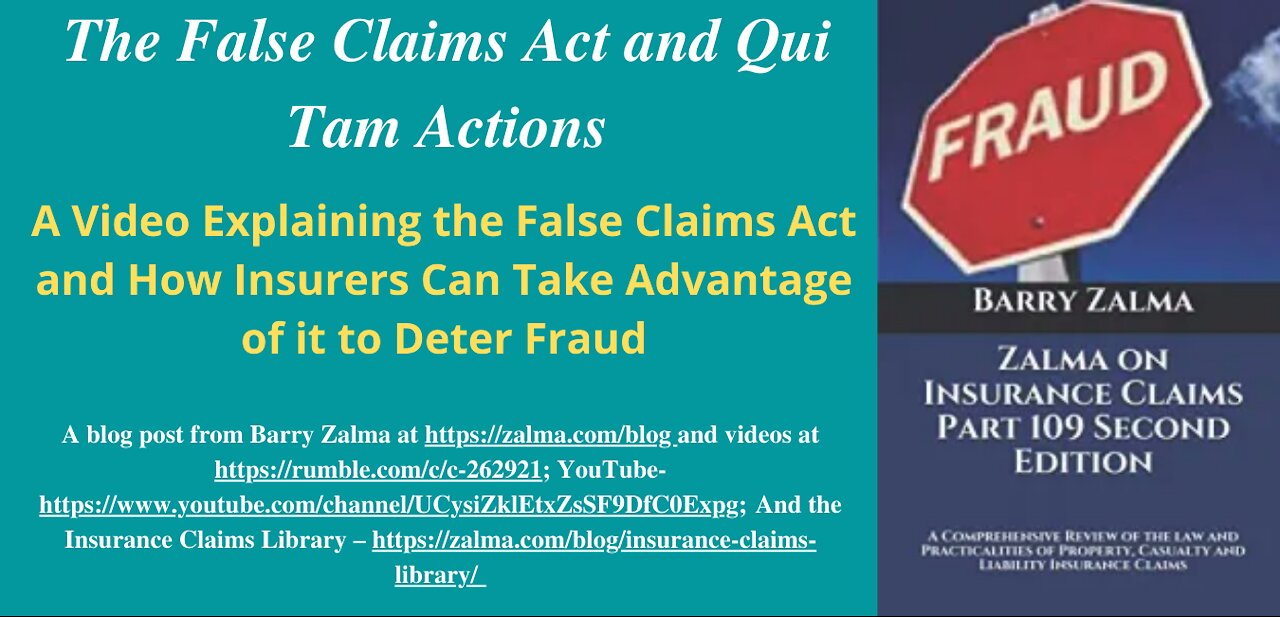
The False Claims Act and Qui Tam Actions
A Video Explaining the False Claims Act and How Insurers Can Take Advantage of it to Deter Fraud
The False Claims Act, also known as the “Lincoln Law,” dates back to the Civil War. President Lincoln signed the act into law in 1863 because war profiteers were selling the Union Army shoddy supplies at inflated prices. The original law included qui tam [“Qui tam” is an abbreviation of the Latin phrase “qui tam pro domino rege quam pro si ipso in hac parte sequitur” meaning “Who sues on behalf of the King as well as for himself.” There are a number of pronunciations of the Latin abbreviation qui tam. The simplest is key tam (rhymes with “ham.”) Black’s Law Dictionary suggests kweye (rhymes with “eye”) tam.provisions that allowed a private person (plaintiff) to sue those who defrauded the federal government. If the suit was successful the plaintiff would receive 50% of any recovery from the defendant.]
The qui tam provisions were weakened greatly as a result of congressional amendments in 1943, and qui tam legislation became virtually nonexistent. However, in 1986, Sen. Charles Grassley, R–Iowa, and Rep. Howard Berman, D Calif., joined forces to amend the law and strengthen the incentives for citizens to uncover and fight fraud as qui tam relators. (Relators are the private plaintiffs under the False Claims Act).
The 1986 False Claims Act amendments received widespread bi-partisan support, and were signed into law by President Reagan. Since the revitalization, the qui tam provisions have increasingly been used.
If the government does intervene, it assumes primary responsibility for the prosecution of the case, and is not bound by any act of the relator. 31 U.S.C. § 3730(c)(1). The relator remains as a party to the action, however, subject to certain limitations set forth in the Act. Id. Specifically, the government may dismiss the action notwithstanding the objections of the relator, provided, however, that “the person has been notified by the Government of the filing of the motion and the court has provided the person with an opportunity for a hearing on the motion.” [31 U.S.C. § 3730(c)(2)(A).; U.S. ex rel. Atkins v. EEOC, 1993 U.S. Dist. LEXIS 21268.]
Since the qui tam provisions were added to the Act in 1986, the US Department of Justice calculates that the government has recovered more than $1.09 billion in qui tam cases, with whistleblowers receiving nearly 18% (or $184 million) of the government’s recovery. When considering a qui tam action be certain, however, that the authorizing statute authorizes the action.
ZALMA OPINION
Insurance fraud is ever growing with estimates from $80 billion to $300 billion a year. The Qui Tam suit is a method to deter insurance fraud by hitting the fraud perpetrator in the pocket book and deter the crime when the state or federal government refuses to file criminal actions.
© 2021 – Barry Zalma
Barry Zalma, Esq., CFE, now limits his practice to service as an insurance consultant specializing in insurance coverage, insurance claims handling, insurance bad faith and insurance fraud almost equally for insurers and policyholders.
He also serves as an arbitrator or mediator for insurance related disputes. He practiced law in California for more than 44 years as an insurance coverage and claims handling lawyer and more than 54 years in the insurance business.
He is available at http://www.zalma.com and zalma@zalma.com. Mr. Zalma is the first recipient of the first annual Claims Magazine/ACE Legend Award. Over the last 53 years Barry Zalma has dedicated his life to insurance, insurance claims and the need to defeat insurance fraud. He has created the following library of books and other materials to make it possible for insurers and their claims staff to become insurance claims professionals.
Go to the podcast Zalma On Insurance at https://anchor.fm/barry-zalma; Follow Mr. Zalma on Twitter at https://twitter.com/bzalma; Go to Barry Zalma videos at https://www.rumble.com/zalma ; Go to Barry Zalma on YouTube- https://www.youtube.com/channel/UCysiZklEtxZsSF9DfC0Expg; Go to the Insurance Claims Library – https://zalma.com/blog/insurance-claims-library/ The last two issues of ZIFL are available at https://zalma.com/zalmas-insurance-fraud-letter-2/ podcast now available at https://podcasts.apple.com/us/podcast/zalma-on-insurance/id1509583809?uo=4
-
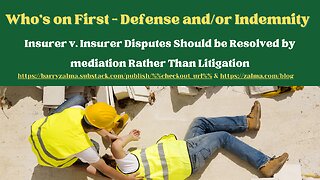 10:17
10:17
Barry Zalma, Inc. on Insurance Law
1 year agoWho's on First - Defense and/or Indemnity
191 -
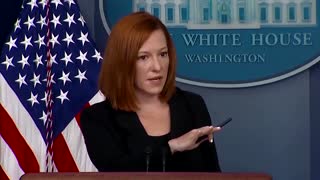 1:43
1:43
The Post Millennial Live
3 years agoFalse claims that border patrol agents used ‘whips’ on Haitian migrants
4.23K9 -
 7:52
7:52
Brandon News Network
3 years ago $0.21 earned"FBI Made False Claims About What I Said": McKayla Maroney BOMBSHELL
1.33K -
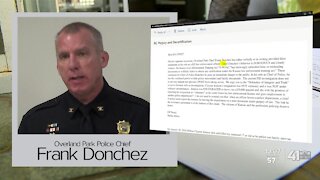 3:32
3:32
KSHB
4 years agoComplaint claims OP police chief filed false report
130 -
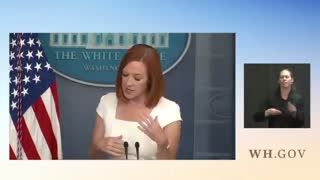 0:43
0:43
Ryan Fournier
3 years agoPsaki's FALSE Claims About Gun Violence BREAK THE INTERNET
2.57K7 -
 1:13
1:13
Reuters
4 years agoFacebook to take down false vaccine claims
441 -
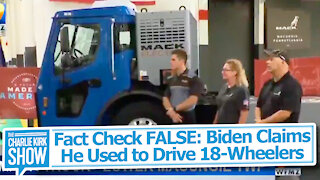 0:08
0:08
The Charlie Kirk Show
3 years agoFact Check FALSE: Biden Claims He Used to Drive 18-Wheelers
2.8K48 -
 4:42
4:42
KNXV
4 years agoFalse "sharpie gate" claims still causing problems for Arizona
5861 -
 1:16
1:16
The Charlie Kirk Show
4 years agoPsaki Perpetuates False Border Claims Diverting Blame to Trump
1.83K89 -
 13:33
13:33
IsaacButterfield
1 day ago $0.15 earnedLEAVE VEGAN BOOTY ALONE!
1.35K5